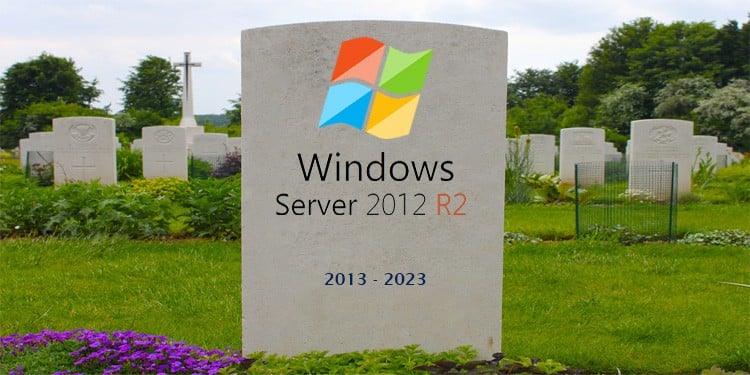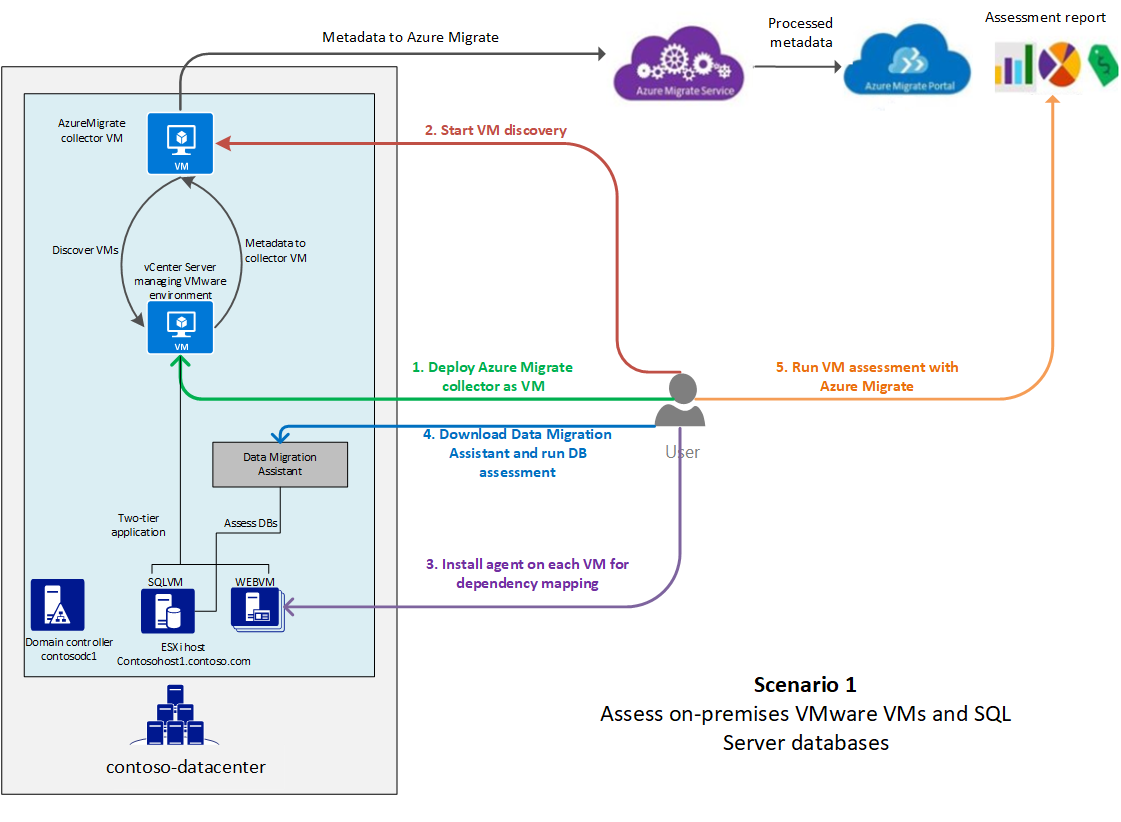Patrick Widjaja
- 6 min read
New Options for Windows Server 2012/R2 End Of Support from Azure

As organisations are eager to adopt the latest technological advancements in AI and cloud-native services, they continue to trust Windows Server as the secure and foundational platform for their mission-critical workloads.
This July, Microsoft are celebrating an incredible 30-year anniversary of Windows Server! However...Windows Server 2012 is going to End Of Support in October 2023.
Options to stay protected for Windows Server 2012/R2 end of support
As new features and functionality light up the latest versions of our server offerings such as Windows Server 2022 and SQL Server 2022, we want to remind organizations that support for Windows Server 2012/R2 is coming to an end on October 10, 2023. After the end of support date, Windows Server 2012/R2 workloads will be vulnerable as they will no longer receive regular security updates. Organizations can remain protected by:
- Modernising to a PaaS platform such as Azure SQL Managed Instance or Azure App Service to always stay up-to-date, or upgrading to the latest version in Azure. With a PaaS platform, customers can fully offload management tasks in the cloud, so teams can focus on delivering innovative apps and experiences for their businesses.
- Migrating to Azure for free Extended Security Updates. This includes options such as Azure Virtual Machines, Azure Dedicated Host, Azure VMware Solution, and Azure Stack HCI. Combining this with Azure Hybrid Benefit and consumption models such as reserved instances or savings plan for compute allows even more savings in Azure for Windows Server and SQL Server.
- Purchasing Extended Security Updates to remain protected on premises and in multi-cloud environments.
We know that organisations often heavily weigh the best path to modernization, with many factors to consider. In this post, we’ll explore two new options from Azure Migrate and Azure Arc to protect end of support workloads.
Migrate and upgrade Windows Server 2012/R2 with Azure Migrate
If an organisation is considering modernizing and migrating to Azure, the first step should be to assess their environment and build a migration business case with Azure Migrate. This free tool provides technical insights into workloads and cost estimates for moving to Azure.
We’re excited to announce that Azure Migrate now supports in-place upgrades of Windows Server 2012 and later versions, during the move to Azure. Organizations can now elect to move their legacy applications and databases to a fully supported, compatible, and compliant operating system such as Windows Server 2016, 2019, or 2022. Organizations can also avoid downtime by first upgrading to a test environment in Azure and running production workloads in parallel to confirm functionality and compatibility, before fully moving to Azure.
With this new feature, organizations can avoid Windows Server 2012/R2 end of support and accomplish their modernization and migration goals in one motion.
Learn more about this feature in Azure Migrate here.

Stay protected in on-premises and multicloud environments with Extended Security Updates enabled by Azure Arc
For organisations who aren’t able to modernize or migrate prior to the Windows Server 2012/R2 end of support date this October, Microsoft is announcing Extended Security Updates enabled by Azure Arc. With Azure Arc, organizations will be able to purchase and seamlessly deploy Extended Security Updates in on-premises or multicloud environments, right from the Azure portal. Extended Security Updates enabled by Azure Arc also gives more flexibility with a pay-as-you-go subscription model.
Here are the key benefits:
- Flexible billing and savings: Activate and enroll from Azure to pay for security updates on a monthly basis, giving organizations more flexibility to migrate and modernize to Azure on their terms.
- Centralized cost management: Analyze costs using Azure Cost Management and see all Azure consumption in one place.
- Greater visibility: Surface enrollment status of Extended Security Updates to highlight gaps and status changes
- Organize and inventory your assets: Gain visibility and reporting across servers spanning your hybrid, multicloud, and edge infrastructure.
- Keyless delivery: The enrollment of Extended Security Updates on Azure Arc-enabled machines does not require the acquisition or activation of keys.
- Security and compliance: Seamlessly extend Azure security and governance from cloud to edge and stay compliant with supported software.
To get started today, connect your servers to Azure Arc for free by installing Azure Arc using familiar deployment tools like Configuration Manager, Group Policy, Windows Admin Center, or MSI. In September 2023, Extended Security Updates enabled by Azure Arc will be available natively in Azure to point and click to activate your Extended Security Updates. This capability will also be available for SQL Server 2012.
Start modernising for end of support
With all the new options available, there’s no better time to start modernizing for end of support with Azure. Here are a few key resources to get started:
- Learn more about your options for Windows Server and SQL Server end of support.
- Learn more about Extended Security Updates on our Frequently Asked Questions (FAQ) page and the documentation.
- Protect beyond Extended Security Updates by enhancing security with Microsoft Defender for Cloud – a comprehensive and unified cloud-native security solution to protect hybrid and multicloud environments from code to cloud.
- Learn more about running Windows Server on Azure.
- Get in-depth resources for every stage of your cloud journey with Azure Migrate and Modernise & Azure Innovate—our new offerings from Azure that provide end-to-end support from migration and modernisation to infusing the latest innovation in analytics and AI.
Original Blog Post: https://cloudblogs.microsoft.com/windowsserver/2023/07/18/new-options-for-windows-server-2012-r2-end-of-support-from-azure/?WT.mc_id=modinfra-0000-socuff
Share Link



